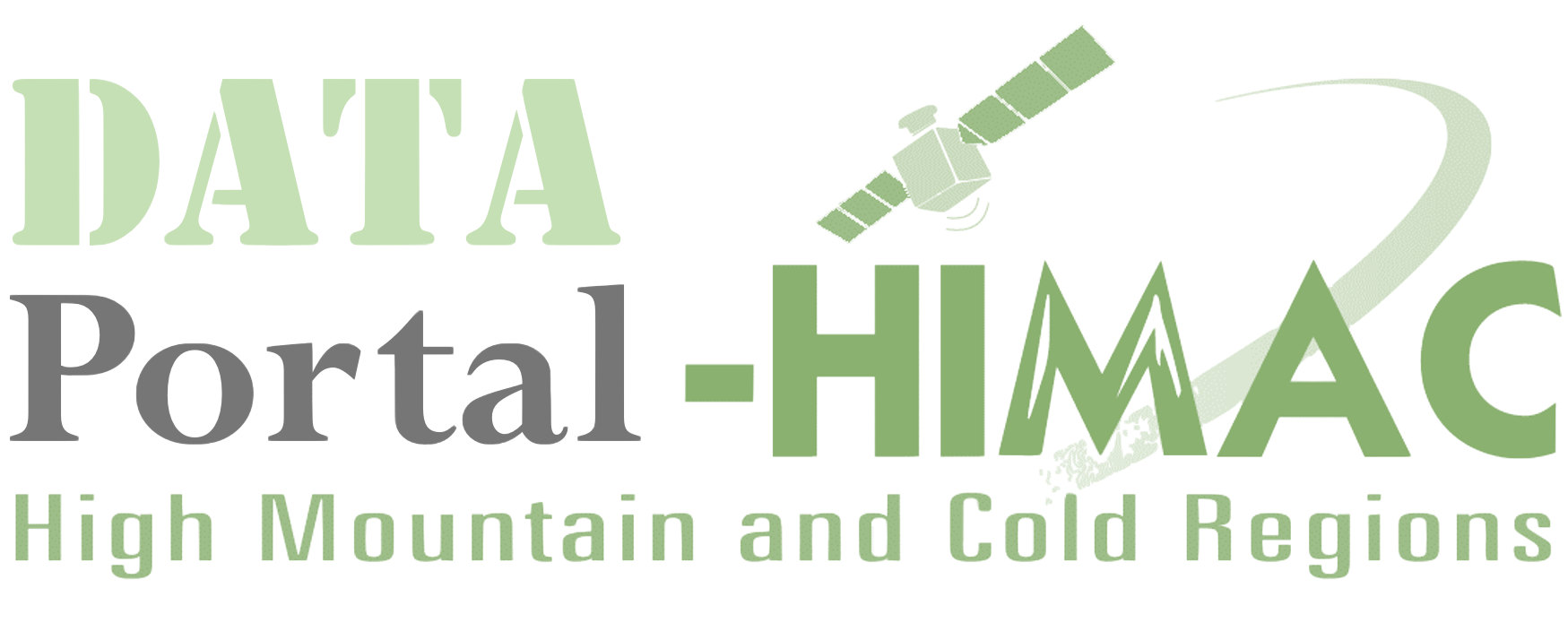| Source |
http://barrowmapped.org/ |
| Last Updated |
May 26, 2021, 02:06 (UTC)
|
| Created |
October 10, 2020, 05:03 (UTC)
|
| Country |
USA |
| Data Management |
Many ancillary data layers are also compiled to facilitate research activities and science communication. These geospatial data sets have been compiled through BAID and related NSF efforts. Geospatial data unique to this project are currently browseable via the BAID archive and include shapefiles of research information (sampling sites and instrumentation, the NOAA-CMDL clean air sector), administrative units (Barrow Environmental Observatory Science Research District plus adjacent federal lands, village districts, zoning, tax parcels, and the Ukpeagvik Inupiat Corporation boundary), infrastructure (power poles, snow fences, roads), erosion data for Elson Lagoon and imagery (declassified military imagery, air photo mosaics, IKONOS, Landsat, Quickbird, SAR and flight line indexes). Related data sets can be browsed via BAID’s web mapping tools and downloaded via the “Related links” section below. In addition, the BAID Internet Map Server (BAID-IMS) provides browse access to a number of additional layers which are available for download through catalog pages at the National Snow and Ice Data Center (NSIDC), the Alaska Geospatial Data Clearinghouse at USGS and the Alaska State Geo-Spatial Data Clearinghouse. Some layers are proprietary and are only available for browse access in BAID-IMS through special agreement. |
| Data Policy |
Many ancillary data layers are also compiled to facilitate research activities and science communication. These geospatial data sets have been compiled through BAID and related NSF efforts. Geospatial data unique to this project are currently browseable via the BAID archive and include shapefiles of research information (sampling sites and instrumentation, the NOAA-CMDL clean air sector), administrative units (Barrow Environmental Observatory Science Research District plus adjacent federal lands, village districts, zoning, tax parcels, and the Ukpeagvik Inupiat Corporation boundary), infrastructure (power poles, snow fences, roads), erosion data for Elson Lagoon and imagery (declassified military imagery, air photo mosaics, IKONOS, Landsat, Quickbird, SAR and flight line indexes). Related data sets can be browsed via BAID’s web mapping tools and downloaded via the “Related links” section below. In addition, the BAID Internet Map Server (BAID-IMS) provides browse access to a number of additional layers which are available for download through catalog pages at the National Snow and Ice Data Center (NSIDC), the Alaska Geospatial Data Clearinghouse at USGS and the Alaska State Geo-Spatial Data Clearinghouse. Some layers are proprietary and are only available for browse access in BAID-IMS through special agreement. BAID provides a suite of user interfaces (Internet Map Server, Google Earth and Adobe Flex) and Open Geospatial Consortium web services for accessing the research plots and instrument locations. For more information on these tools, visit the BAID homepage in the links section below. BAID is a collaborative development effort between the Systems Ecology Lab at the University of Texas at El Paso and Nuna Technologies. BAID is funded by the National Science Foundation Office of Polar Programs Arctic Sciences Division (OPP 0454996.) BAID was initiated as a prototype through the Federal Geographic Data Committee's Cooperative Agreement Program (USGS Award: 03HQAG0177) via a grant to the Barrow Arctic Science Consortium to initiate the Barrow Area Spatial Data Infrastructure (SDI). |
| Data Sharing Principle |
These geospatial data sets have been compiled through BAID and related NSF efforts. Geospatial data unique to this project are currently browseable via the BAID archive and include shapefiles of research information (sampling sites and instrumentation, the NOAA-CMDL clean air sector), administrative units (Barrow Environmental Observatory Science Research District plus adjacent federal lands, village districts, zoning, tax parcels, and the Ukpeagvik Inupiat Corporation boundary), infrastructure (power poles, snow fences, roads), erosion data for Elson Lagoon and imagery (declassified military imagery, air photo mosaics, IKONOS, Landsat, Quickbird, SAR and flight line indexes). Related data sets can be browsed via BAID’s web mapping tools and downloaded via the “Related links” section below. In addition, the BAID Internet Map Server (BAID-IMS) provides browse access to a number of additional layers which are available for download through catalog pages at the National Snow and Ice Data Center (NSIDC), the Alaska Geospatial Data Clearinghouse at USGS and the Alaska State Geo-Spatial Data Clearinghouse. Some layers are proprietary and are only available for browse access in BAID-IMS through special agreement. BAID provides a suite of user interfaces (Internet Map Server, Google Earth and Adobe Flex) and Open Geospatial Consortium web services for accessing the research plots and instrument locations. For more information on these tools, visit the BAID homepage in the links section below. BAID is a collaborative development effort between the Systems Ecology Lab at the University of Texas at El Paso and Nuna Technologies. BAID is funded by the National Science Foundation Office of Polar Programs Arctic Sciences Division (OPP 0454996.) BAID was initiated as a prototype through the Federal Geographic Data Committee's Cooperative Agreement Program (USGS Award: 03HQAG0177) via a grant to the Barrow Arctic Science Consortium to initiate the Barrow Area Spatial Data Infrastructure (SDI). |
